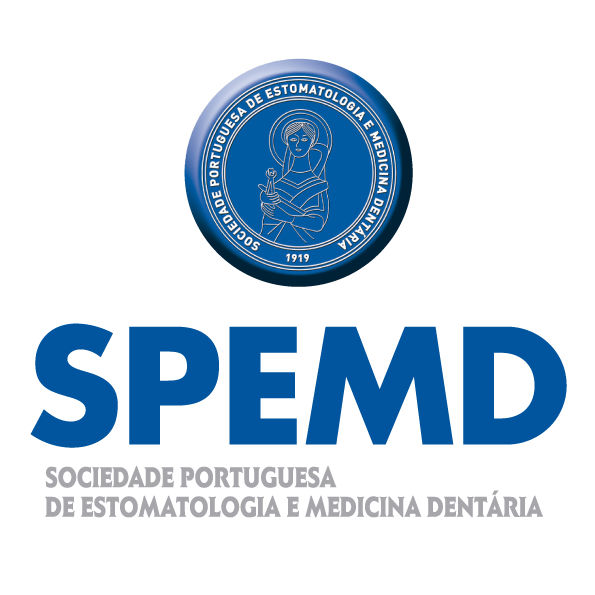
Revista Portuguesa de Estomatologia, Medicina Dentária e Cirurgia Maxilofacial
SPEMD - Revista Portuguesa de Estomatologia Medicina Dentária e Cirurgia Maxilofacial | 2025 | 66 (2) | Page(s) 65-71
Original research
Mapping tooth number anomalies: a radiographic cross-sectional study in pediatric dentistry
Mapeamento das anomalias de número: estudo radiográfico transversal em odontopediatria
a FCS-UFP, Health Sciences Faculty, University Fernando Pessoa, Porto, Portugal
b FCT-UFP, Science and Technology Faculty, University Fernando Pessoa, Porto, Portugal
c FP-I3ID, Institute of Investigation, Innovation and Development, FP-BHS, Biomedical and Health Sciences, University Fernando Pessoa, Porto, Portugal
d Centre of Investigation in Technologies and Centre for Health Studies and Research of the University of Coimbra (CEISUC), Coimbra, Portugal
e RISE-Health, Faculty of Health Sciences, Fernando Pessoa University, Fernando Pessoa Teaching and Culture Foundation, Porto, Portugal
Maria Inês Guimarães - inesg@ufp.edu.pt
Article Info
Rev Port Estomatol Med Dent Cir Maxilofac
Volume - 66
Issue - 2
Original research
Pages - 65-71
Go to Volume
Article History
Received on 23/10/2024
Accepted on 11/05/2025
Available Online on 23/06/2025
Keywords
Abstract
Objectives: Understanding the prevalence of dental anomalies is crucial for improving diagnosis and treatment by dentists. Additionally, documenting these anomalies is vital in Legal Medicine, where dental records are instrumental in forensic investigations. Tooth number anomalies, such as agenesis and supernumerary teeth, significantly impact a child's oral health and development. This study aimed to determine the prevalence of tooth number anomalies in a pediatric population and highlight the significance of detecting and documenting such anomalies. Methods: Tooth number anomalies were identified in a pediatric population (6–18 years old) attending the Pedagogical Dental Clinics of the Faculty of Health Sciences of Fernando Pessoa University, through panoramic radiographs. Statistical analysis was conducted using IBM© SPSS© Statistics version 25.0. Results: Analysis of 147 panoramic radiographs revealed that 10.8% exhibited tooth number anomalies, with 8.8% presenting agenesis and 2.0% supernumerary teeth. The mandibular second premolar was the most frequently affected by agenesis, followed by the maxillary second premolar. Three cases of supernumerary teeth were identified: two in the maxilla and one in the mandible, all within the midline area. Conclusions: Agenesis was the most prevalent tooth number anomaly in this study. No significant correlation was found between sex and tooth number anomalies identified. Though infrequent, detecting and documenting these anomalies hold immense significance within the patient's clinical history, serving as a crucial asset for future identification endeavors.
Resumo
Objetivos: Compreender a prevalência de anomalias dentárias é crucial para melhorar o diagnóstico e o tratamento pelos médicos dentistas. A documentação destas anomalias é também importante na Medicina Legal, onde os registos dentários são úteis em investigações forenses. As anomalias no número de dentes, como agenesia e dentes supranumerários, afetam a saúde oral e o desenvolvimento da criança. Este estudo teve como objetivo determinar a prevalência de anomalias no número de dentes numa população pediátrica. Métodos: Foram identificadas anomalias no número de dentes numa população pediátrica (6-18 anos) da Clínica Pedagógica de Medicina Dentária da Faculdade de Ciências da Saúde da Universidade Fernando Pessoa, através de radiografias panorâmicas. A análise estatística foi realizada utilizando o IBM© SPSS© Statistics versão 25.0. Resultados: A análise de 147 radiografias mostrou que 10,8% apresentavam anomalias no número de dentes, com 8,8% de agenesia e 2,0% de dentes supranumerários. O segundo pré-molar mandibular foi o mais frequentemente afetado por agenesia, seguido do segundo pré-molar maxilar. Foram encontrados três casos de dentes supranumerários: dois no maxilar e um na mandíbula, todos na linha média. Conclusões: A agenesia foi a anomalia dentária mais prevalente neste estudo. Não se observou correlação significativa entre o sexo e as anomalias dentárias. A deteção e documentação destas anomalias é fundamental para o registo clínico e pode ser um recurso crucial para futuras identificações.
